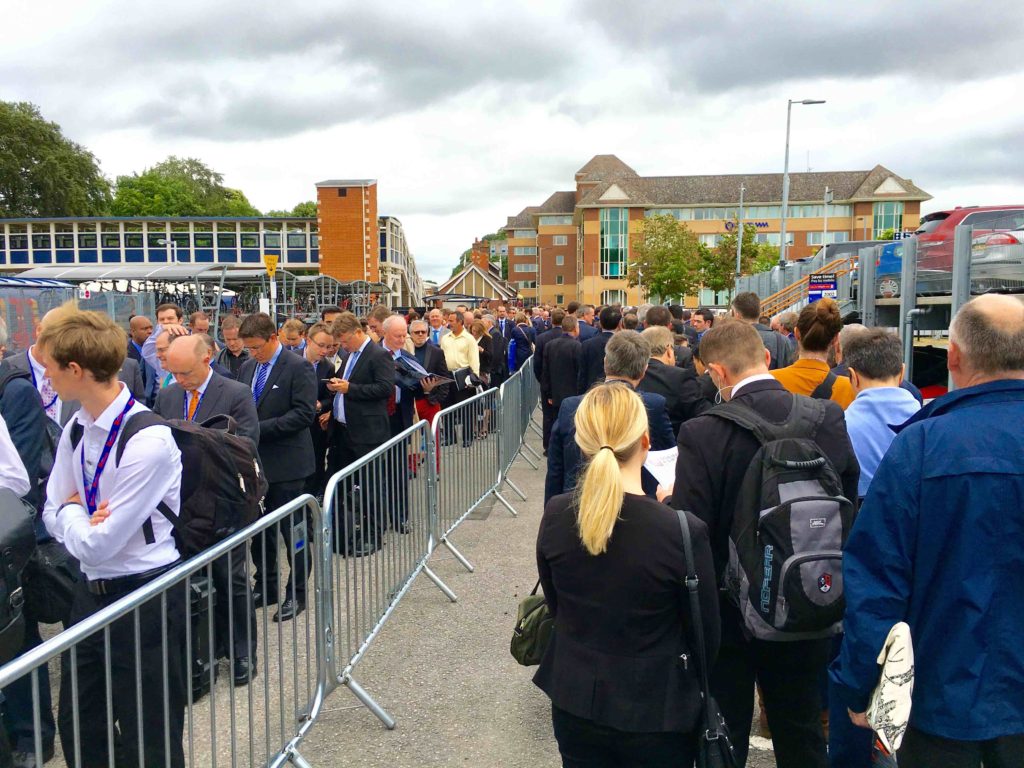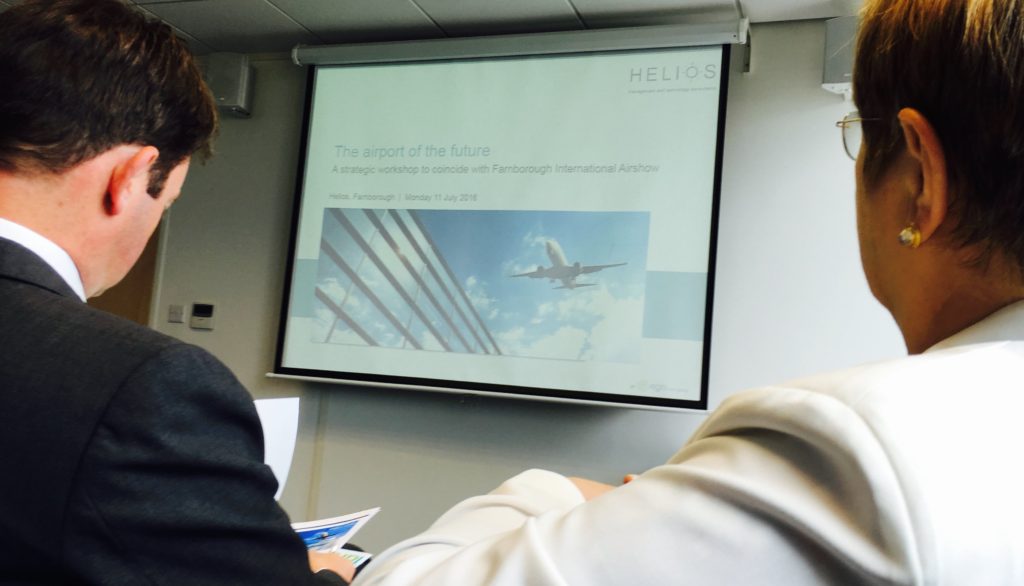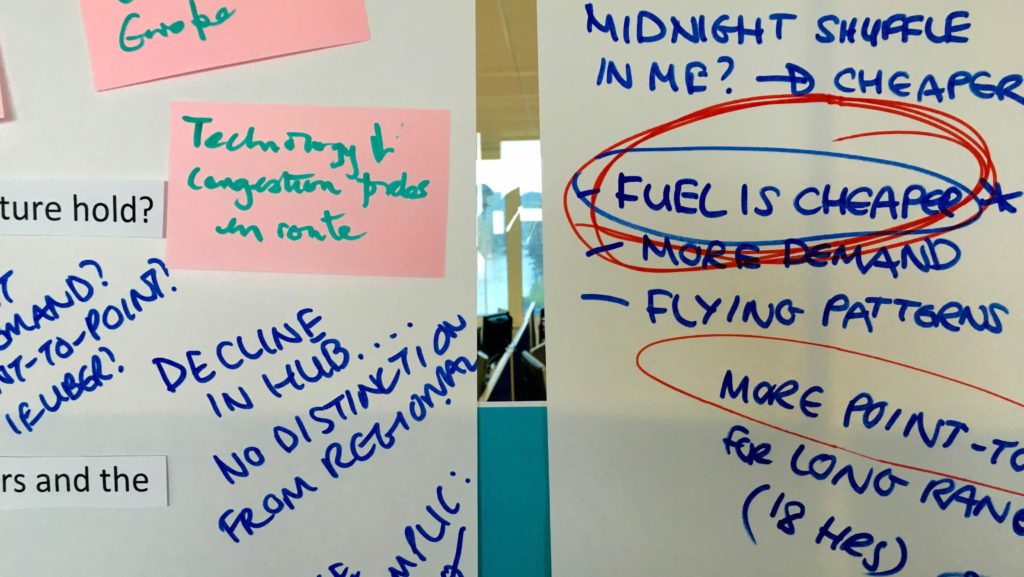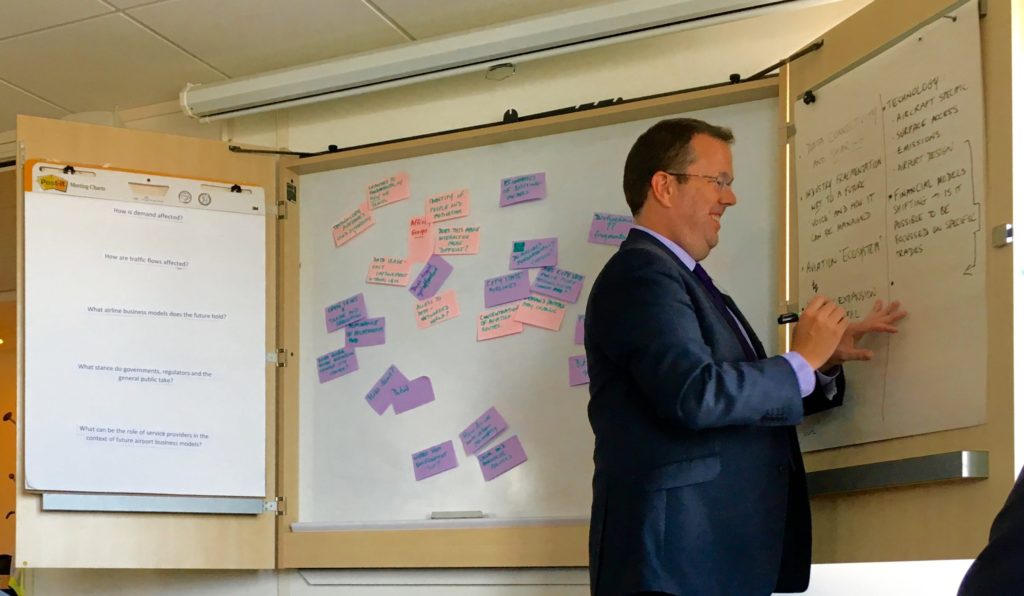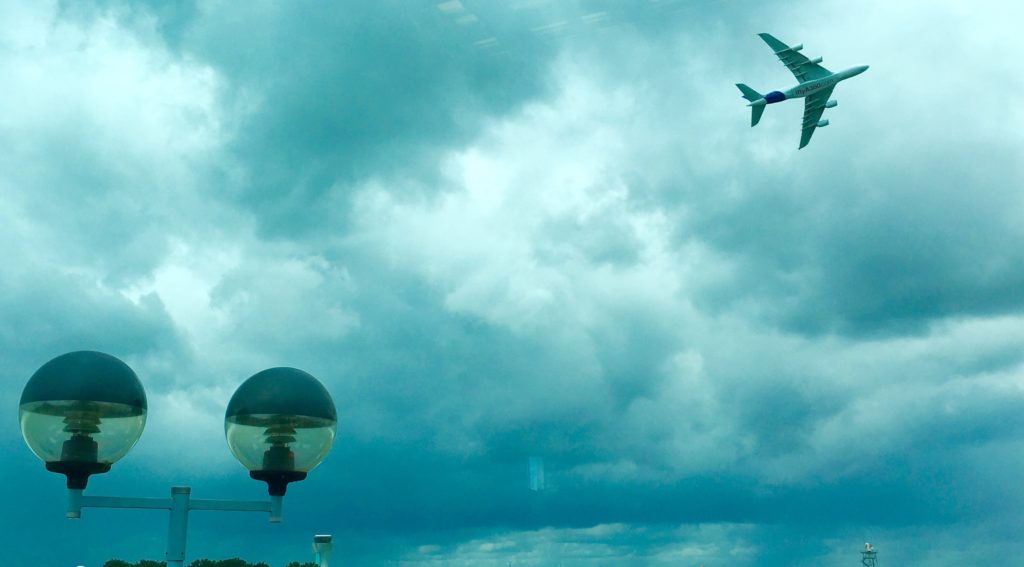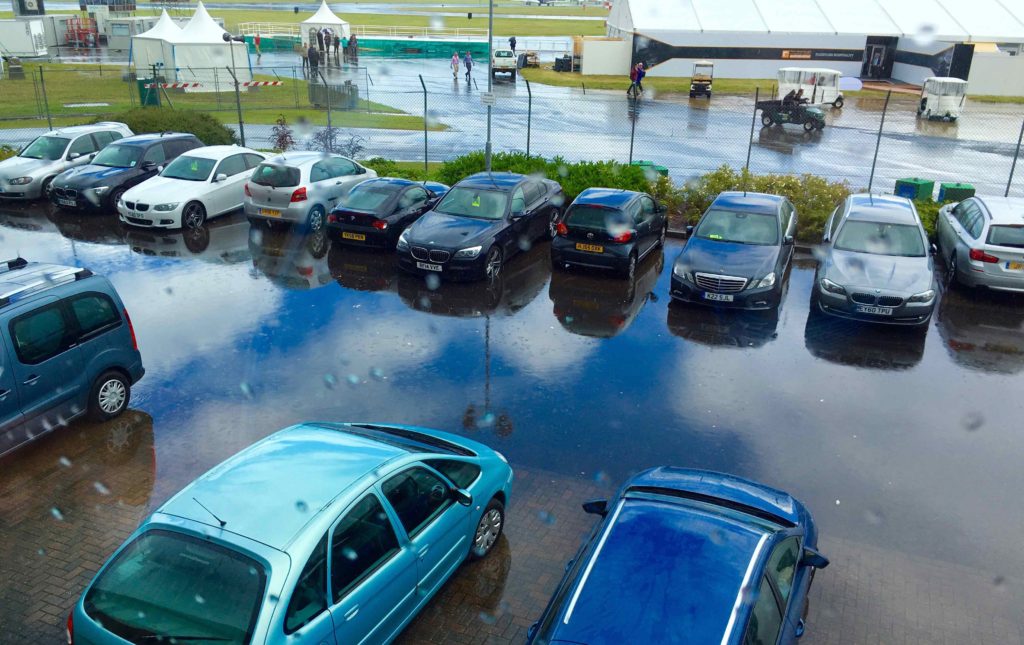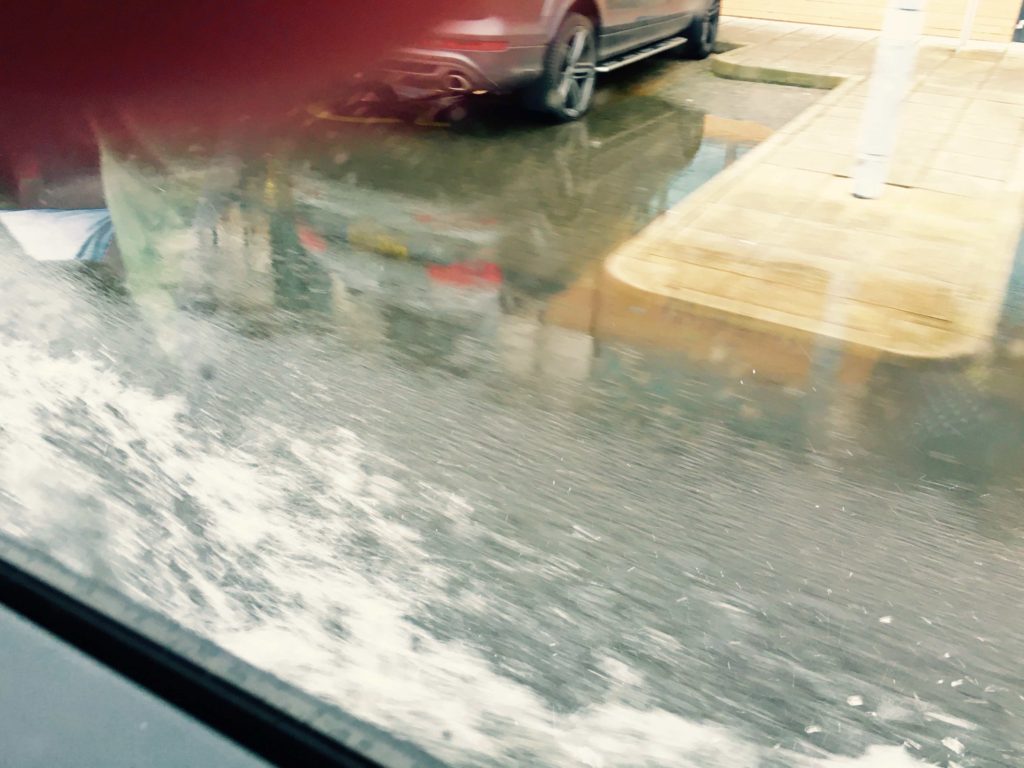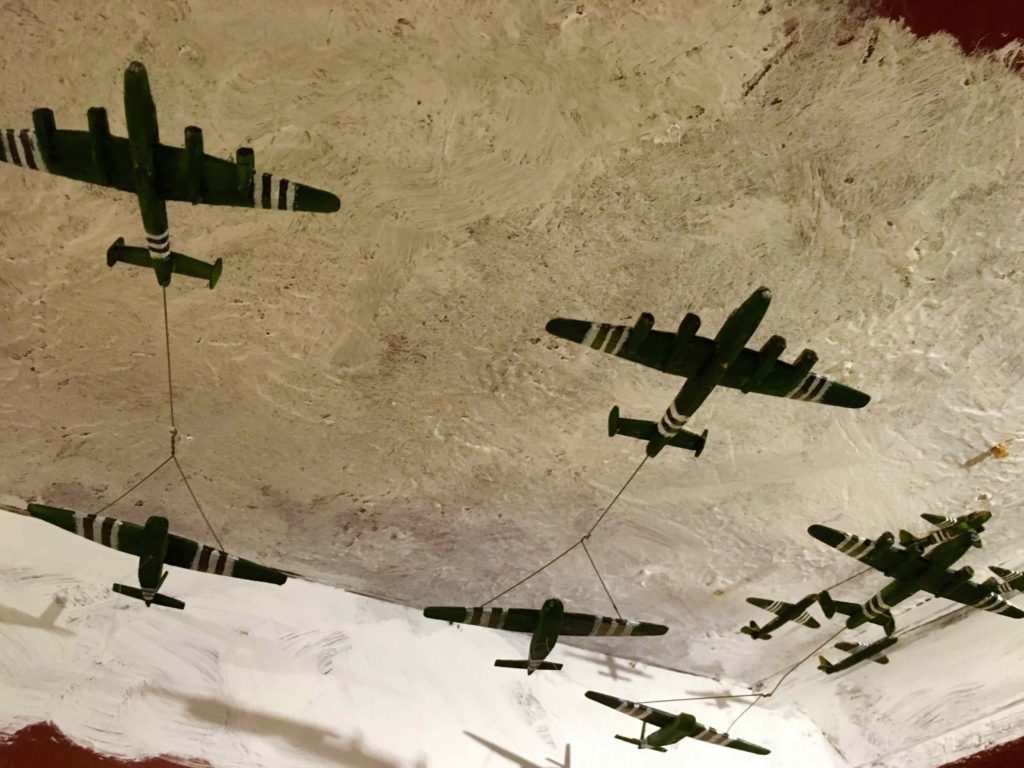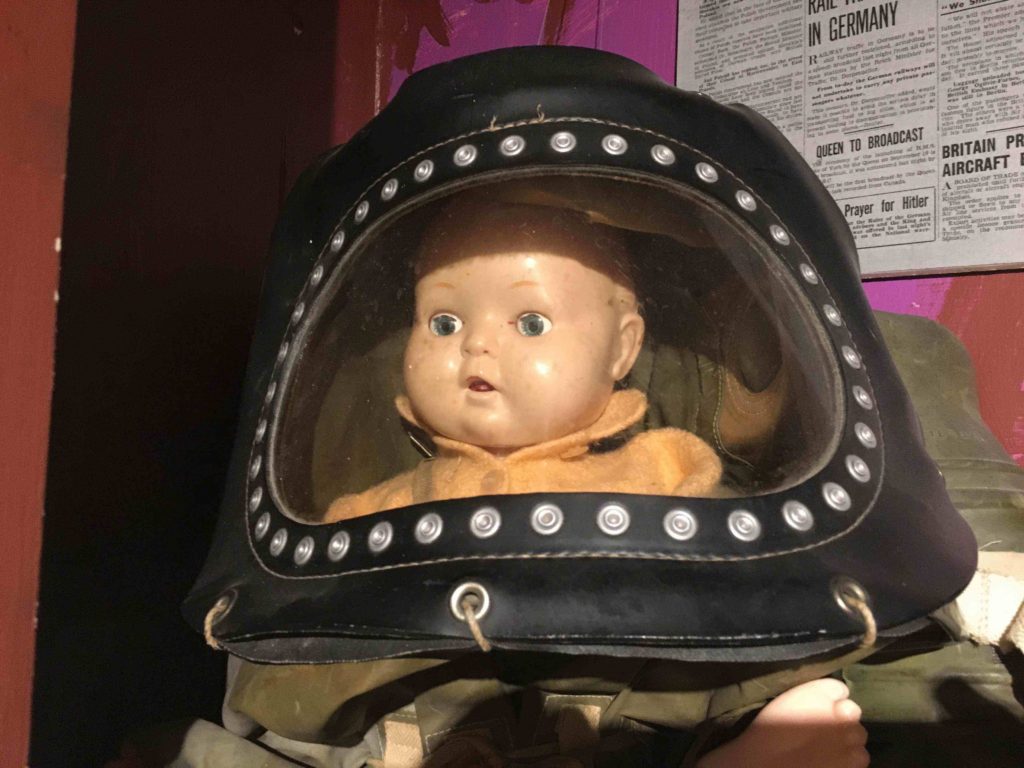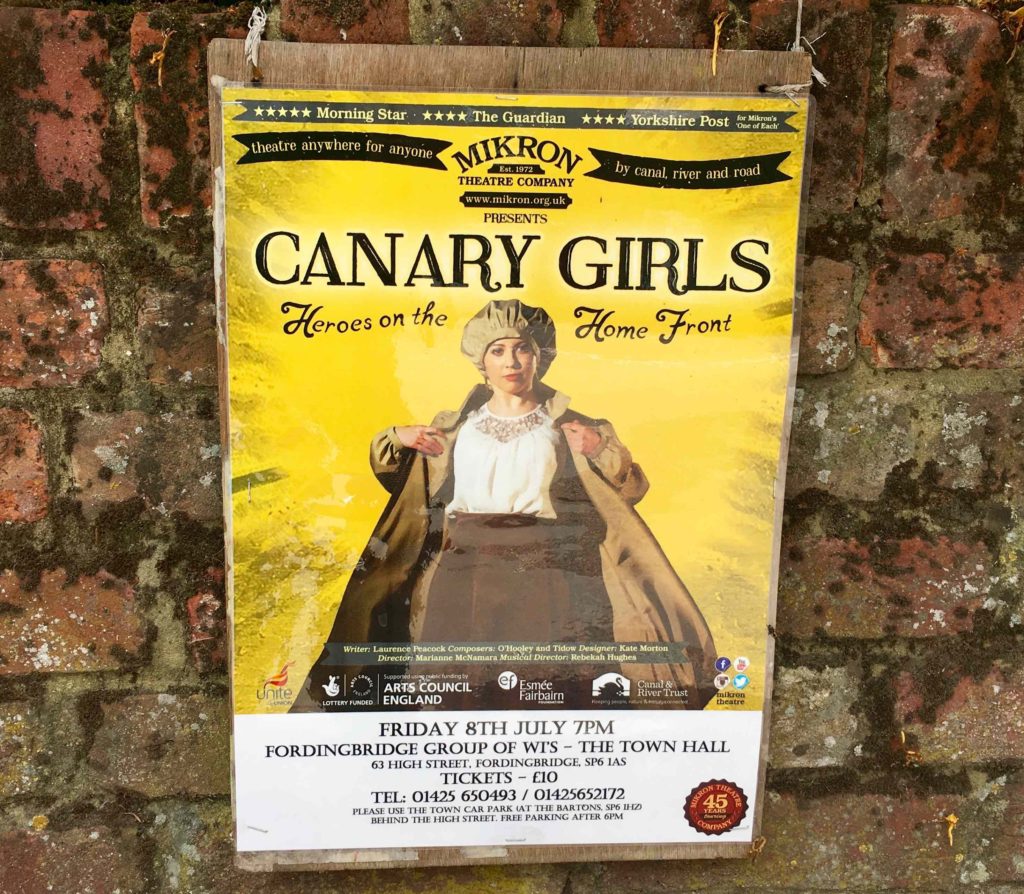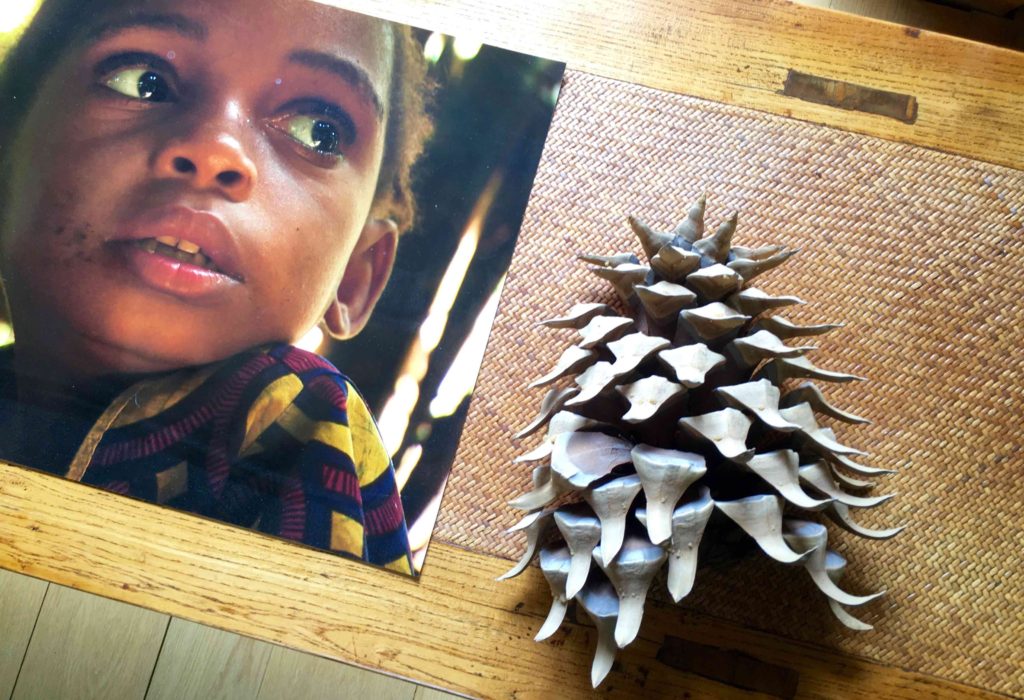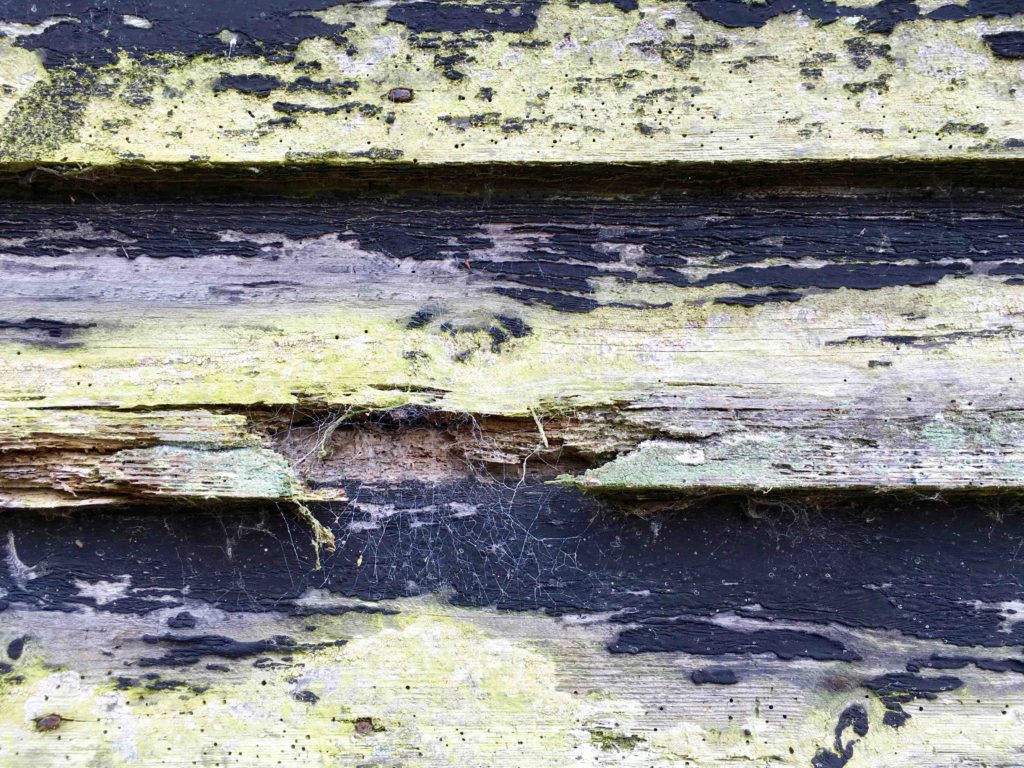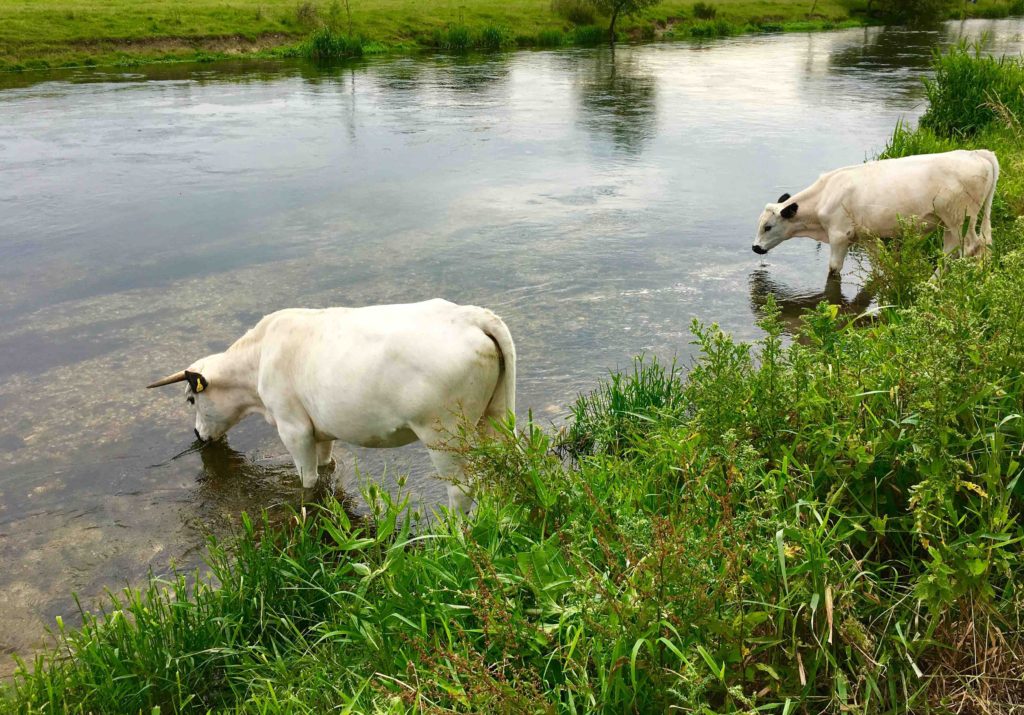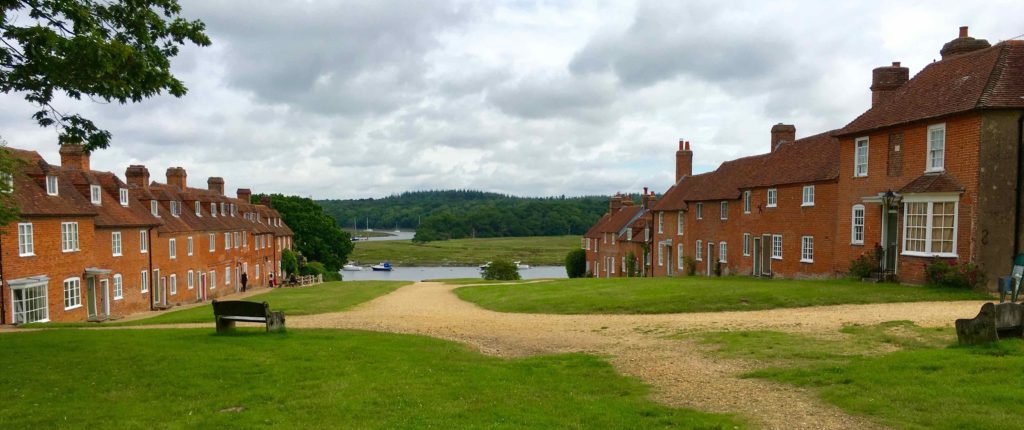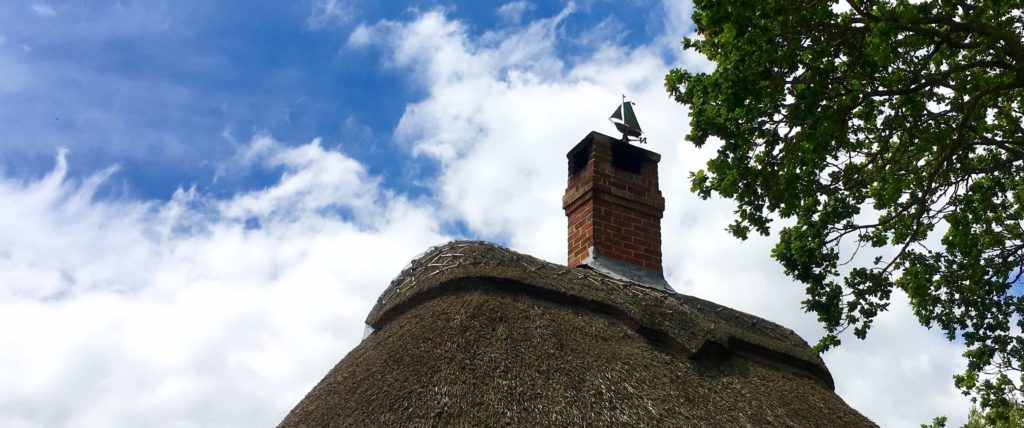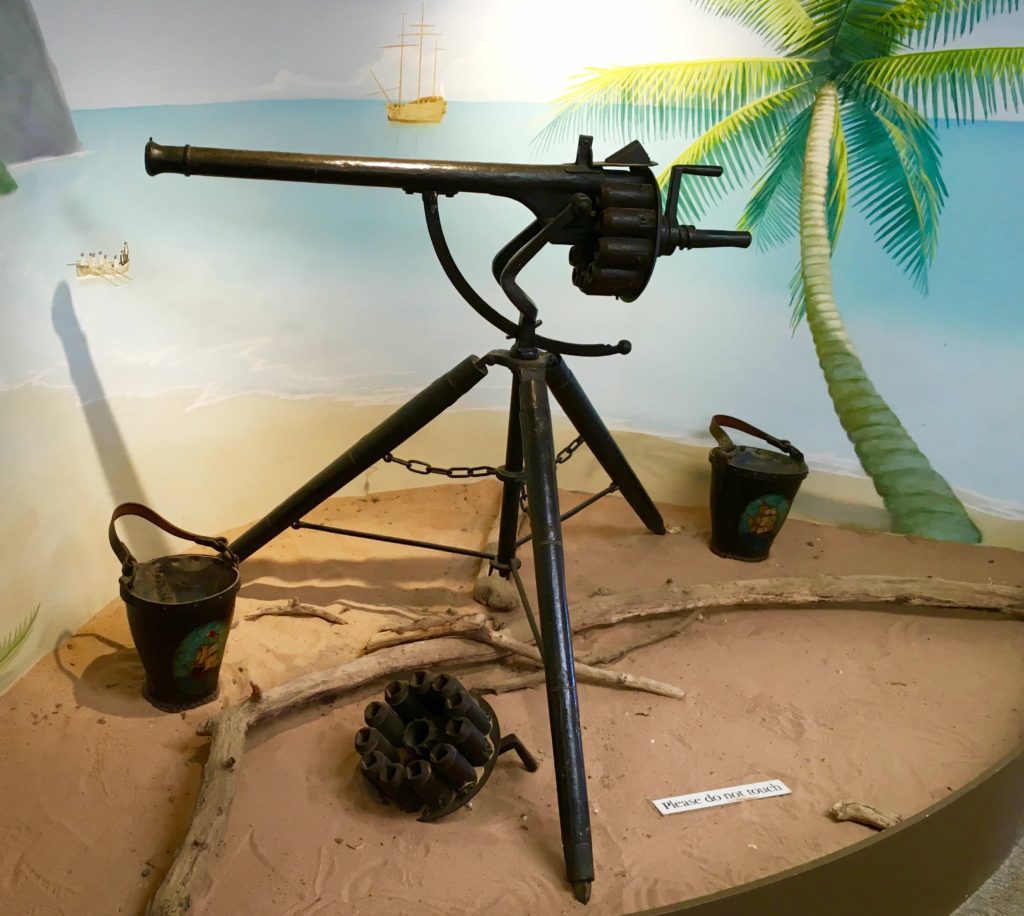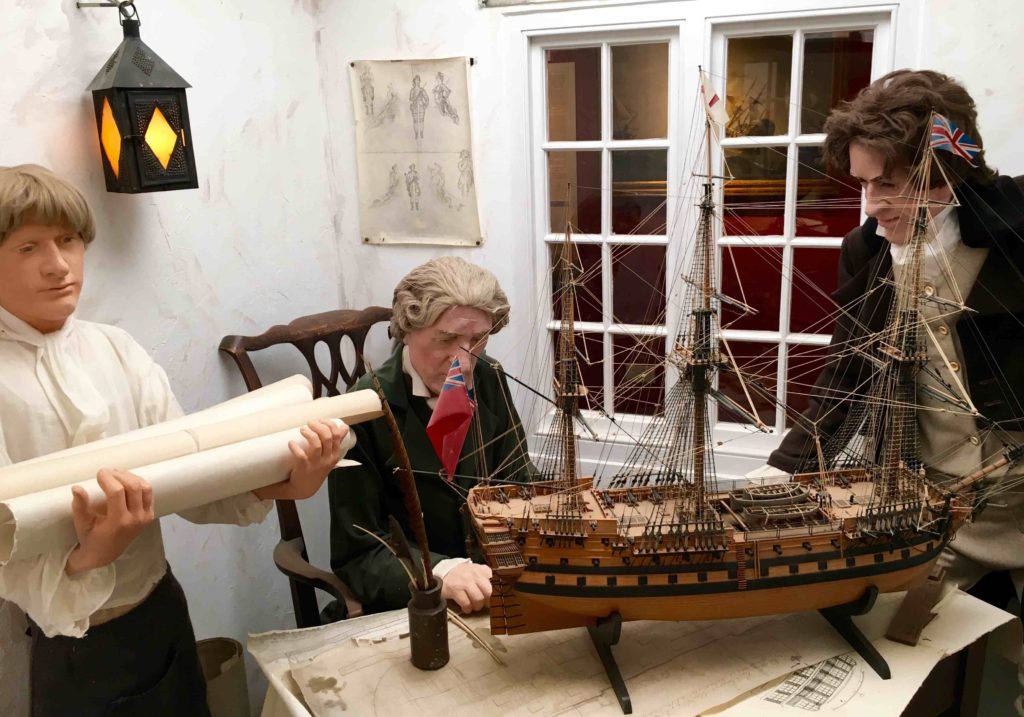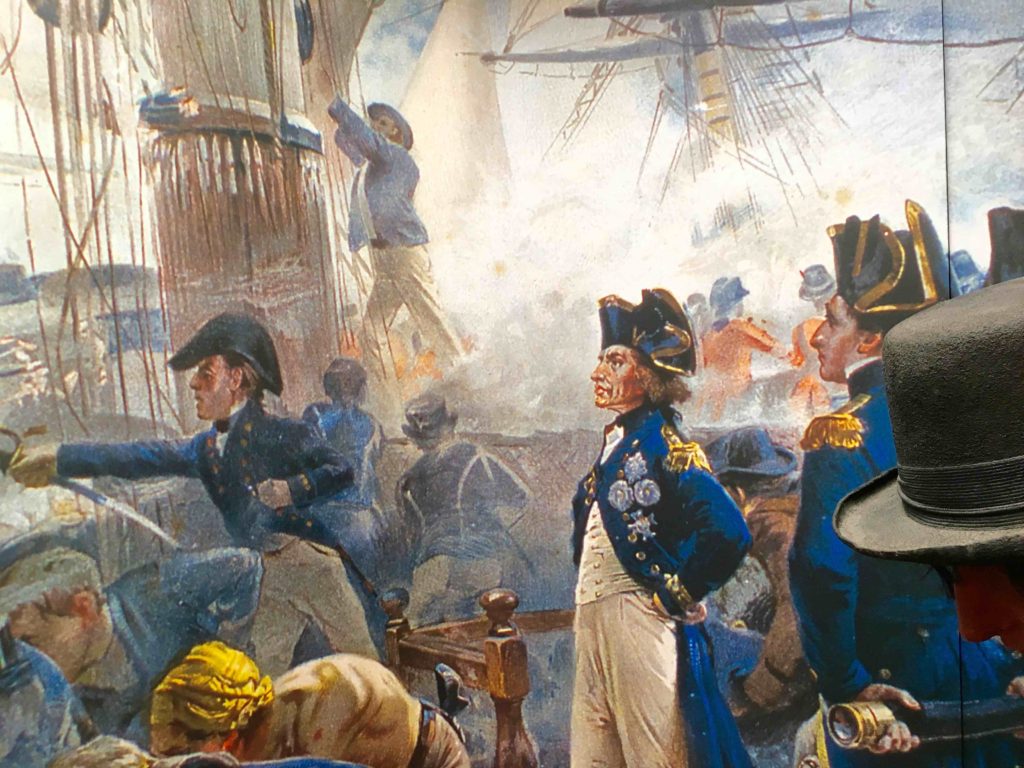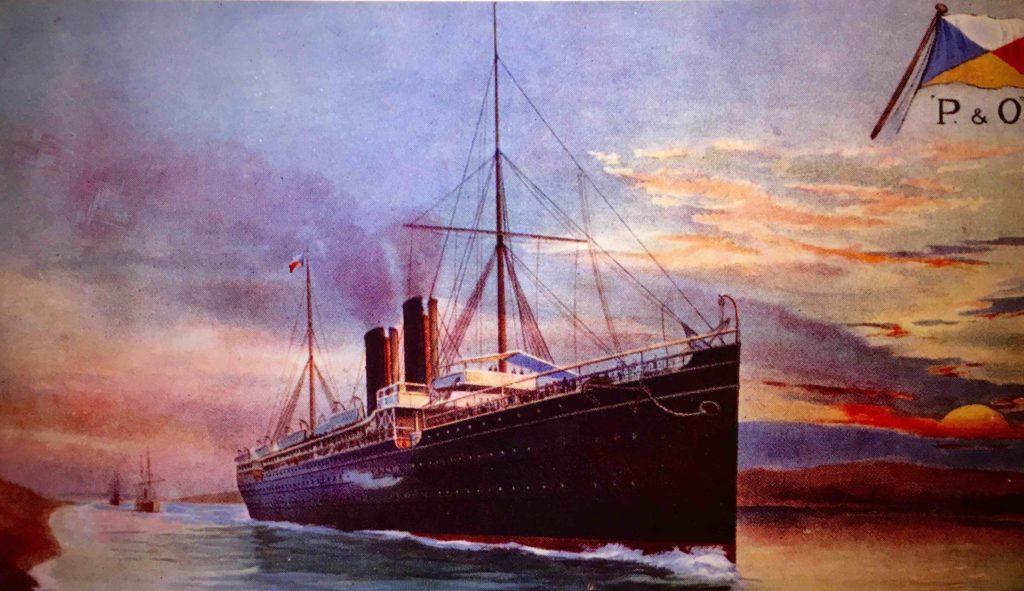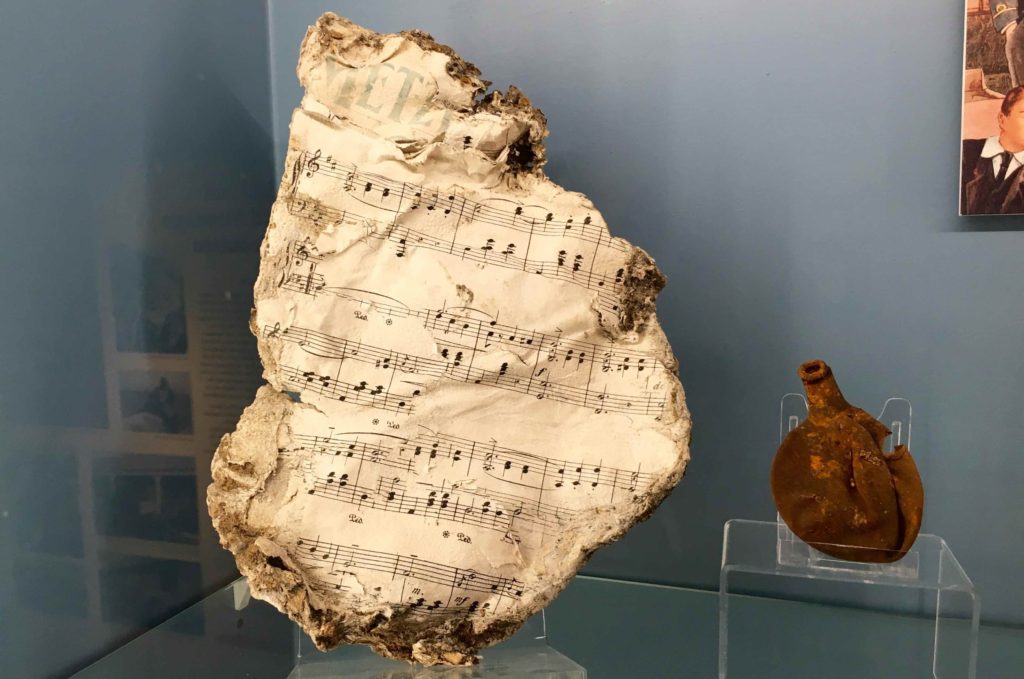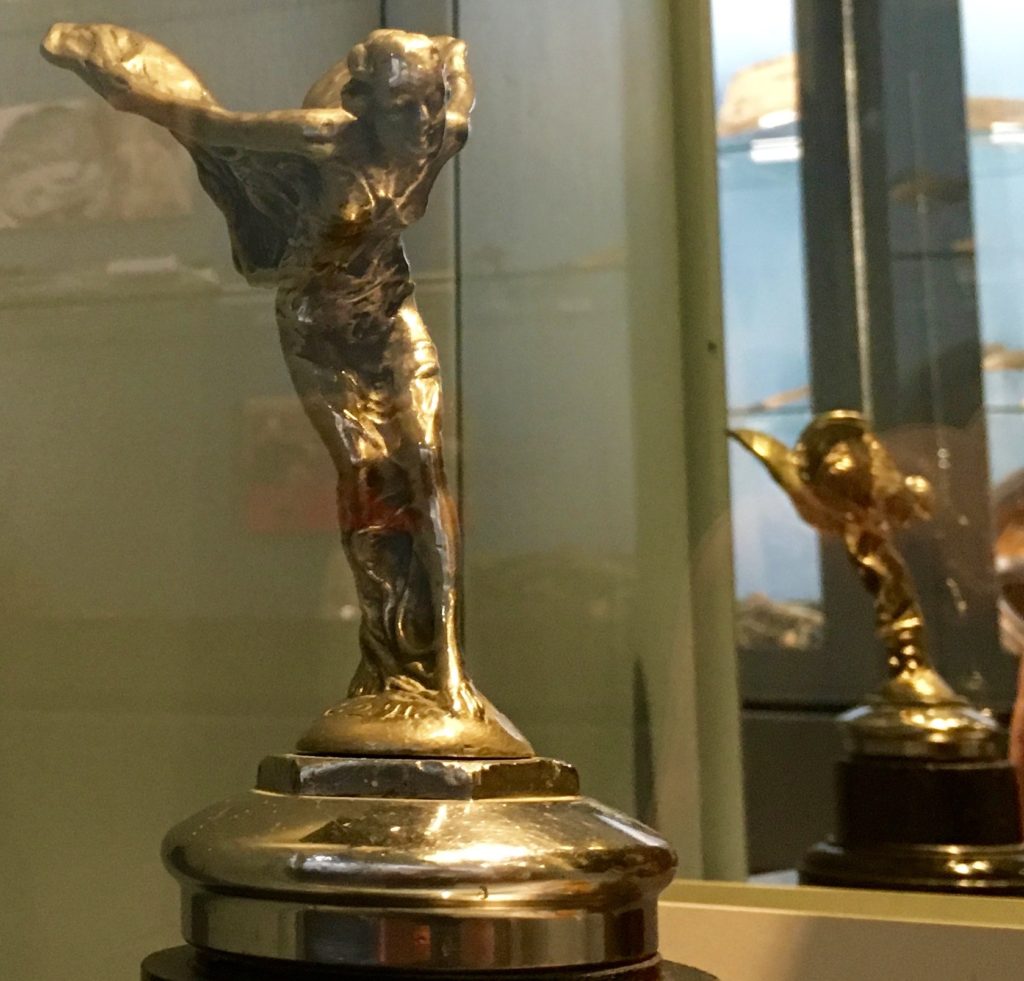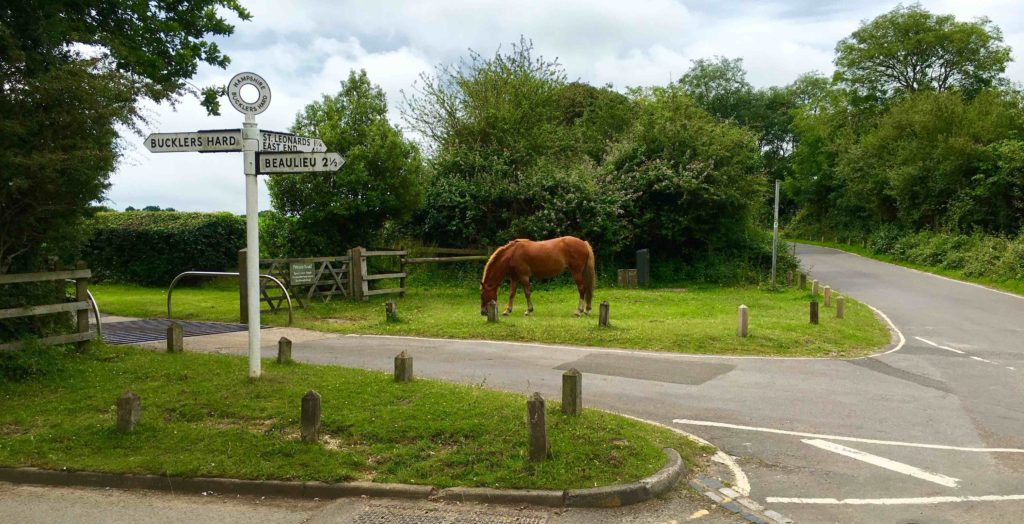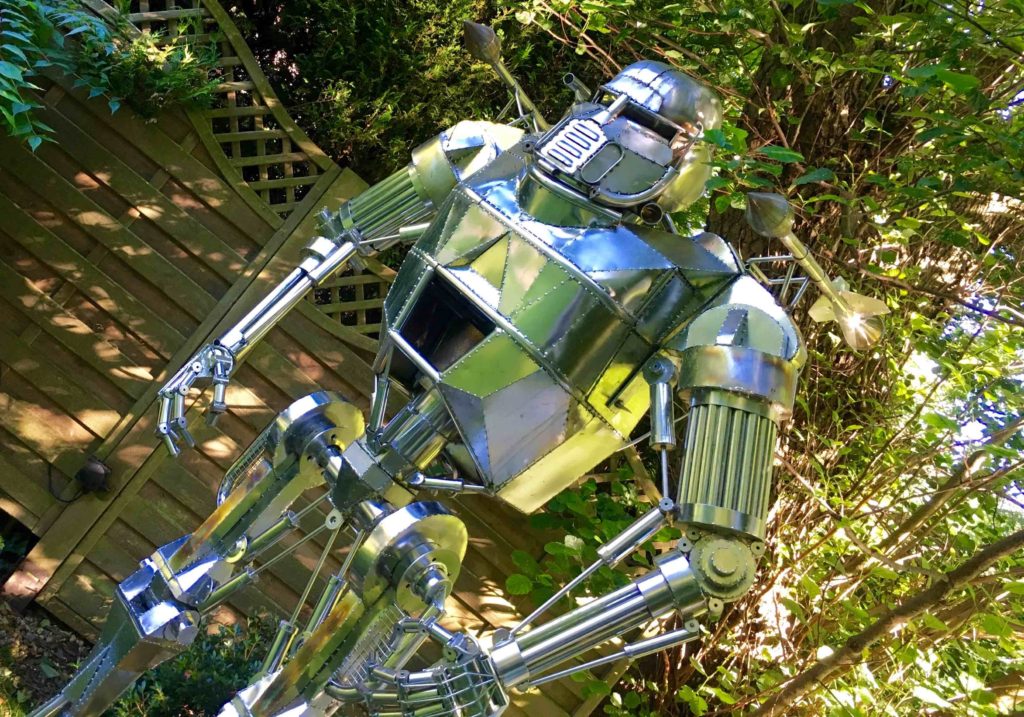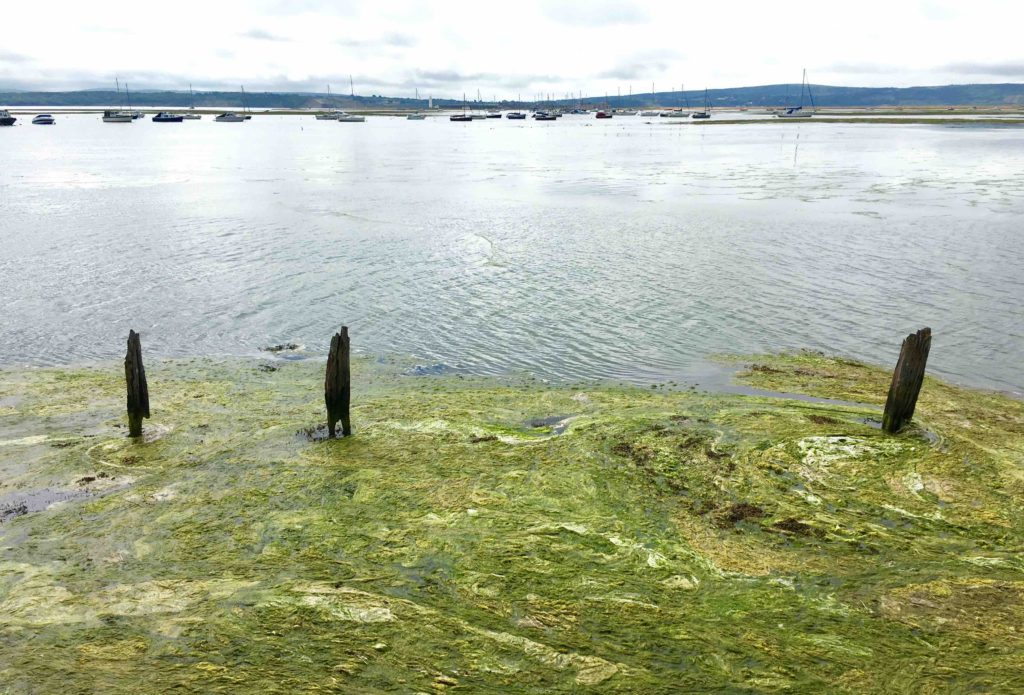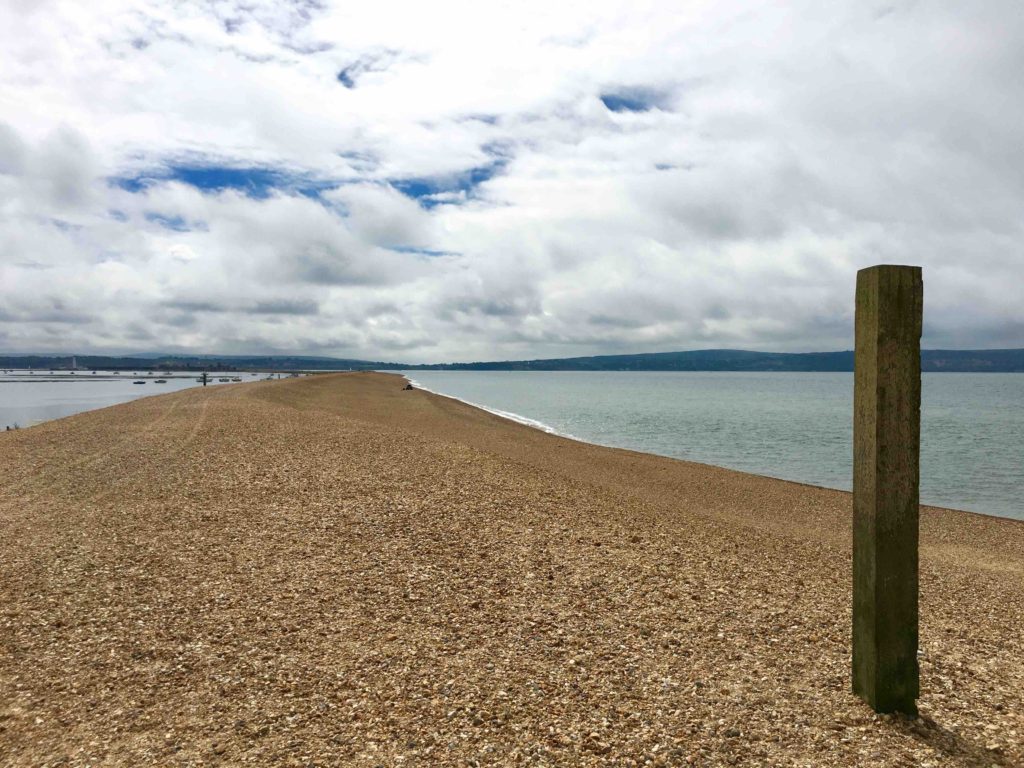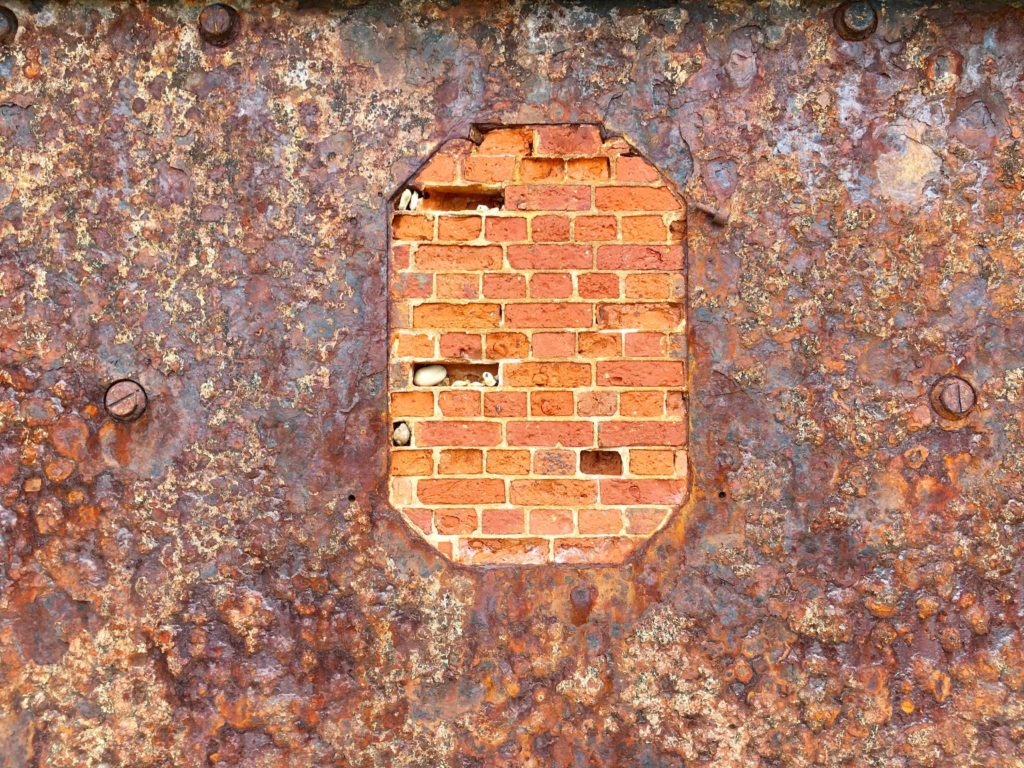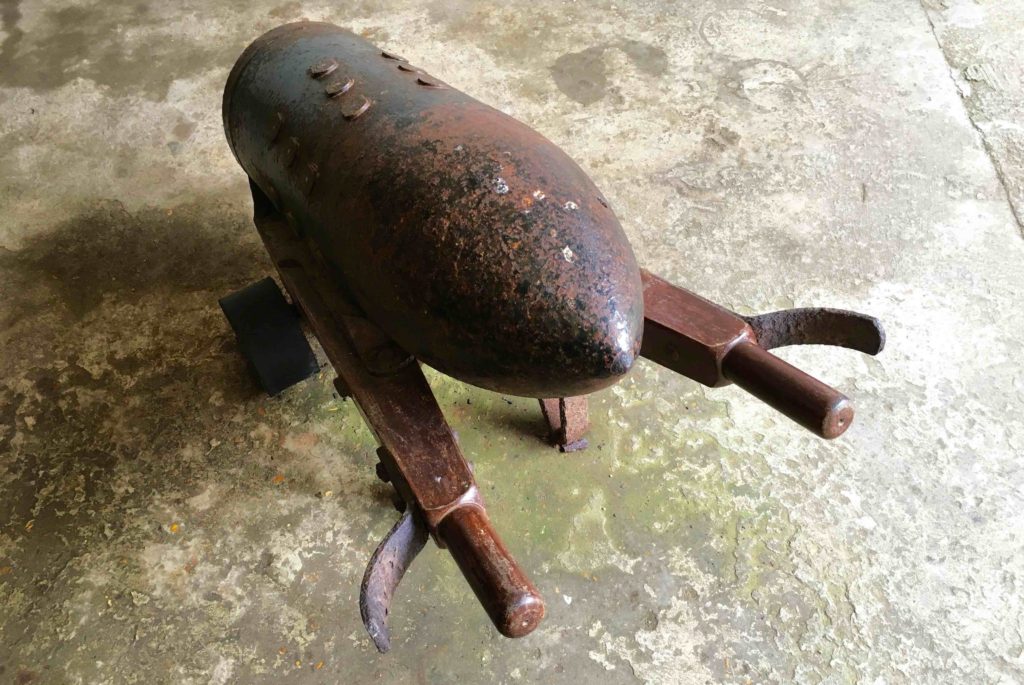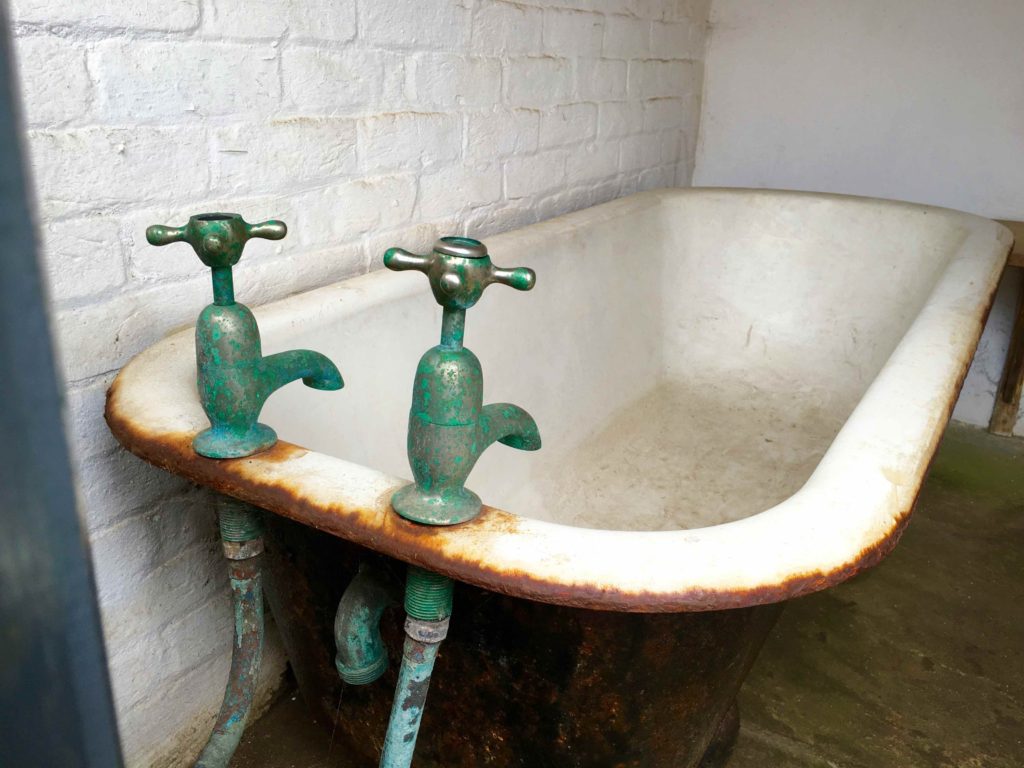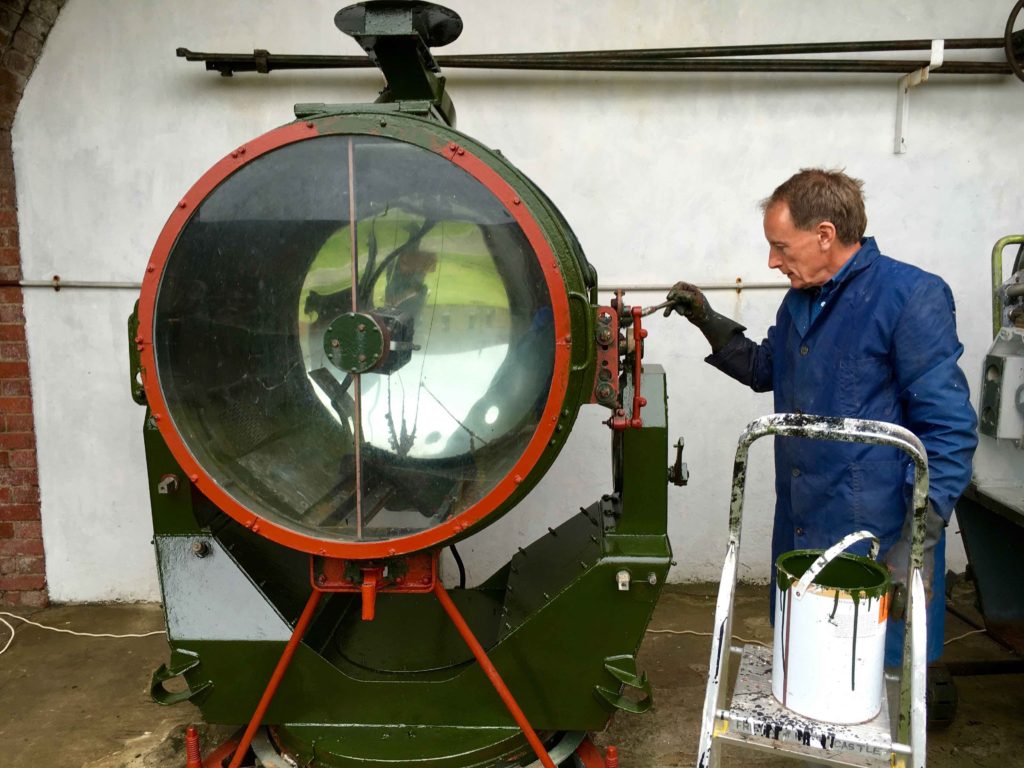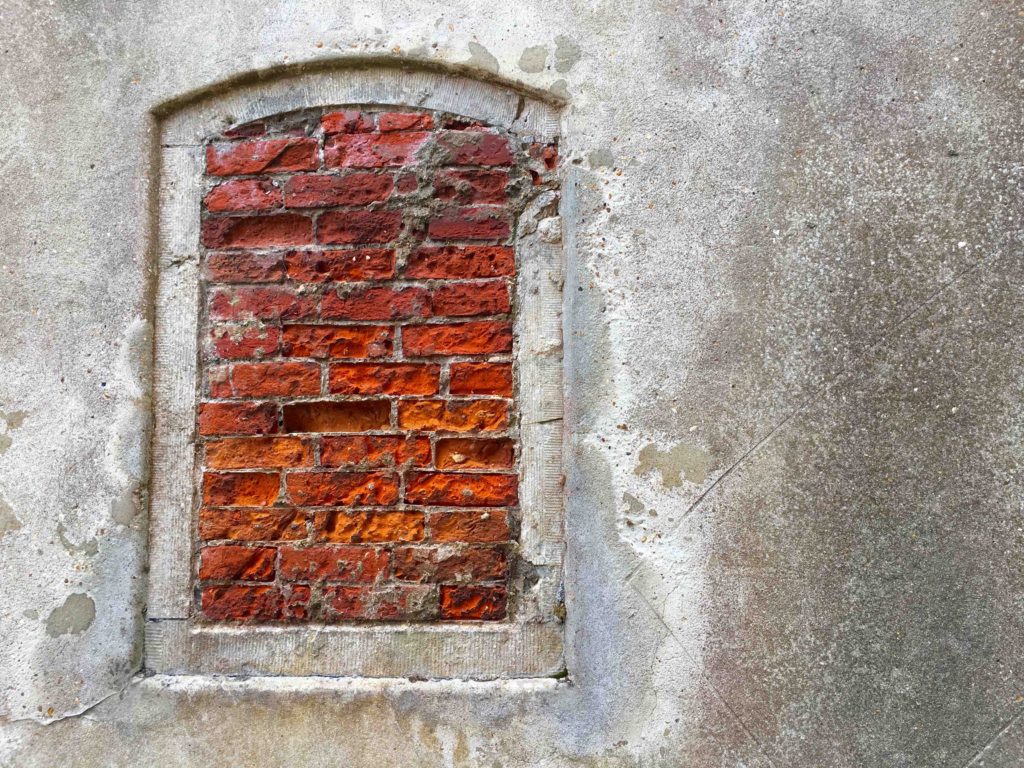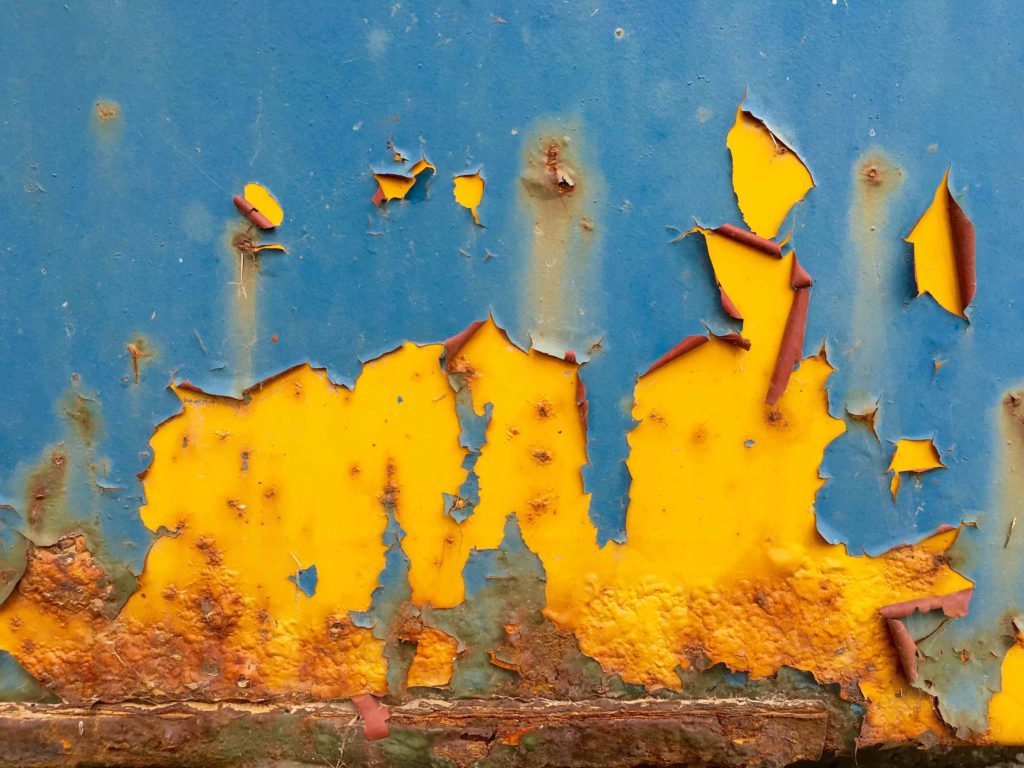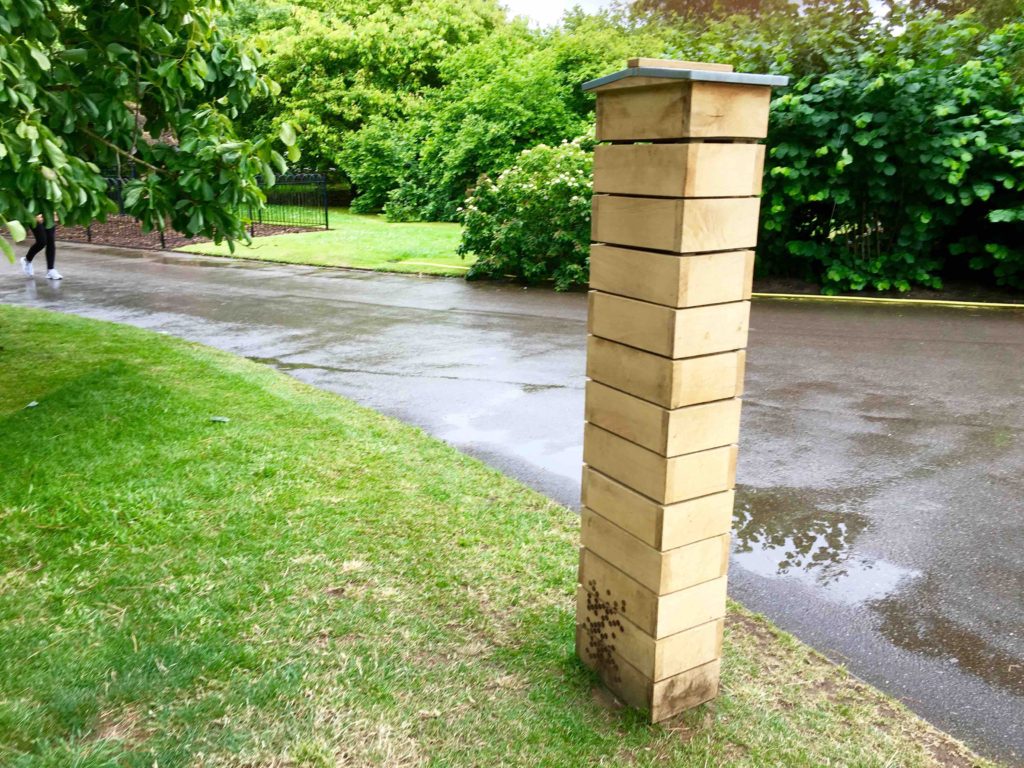
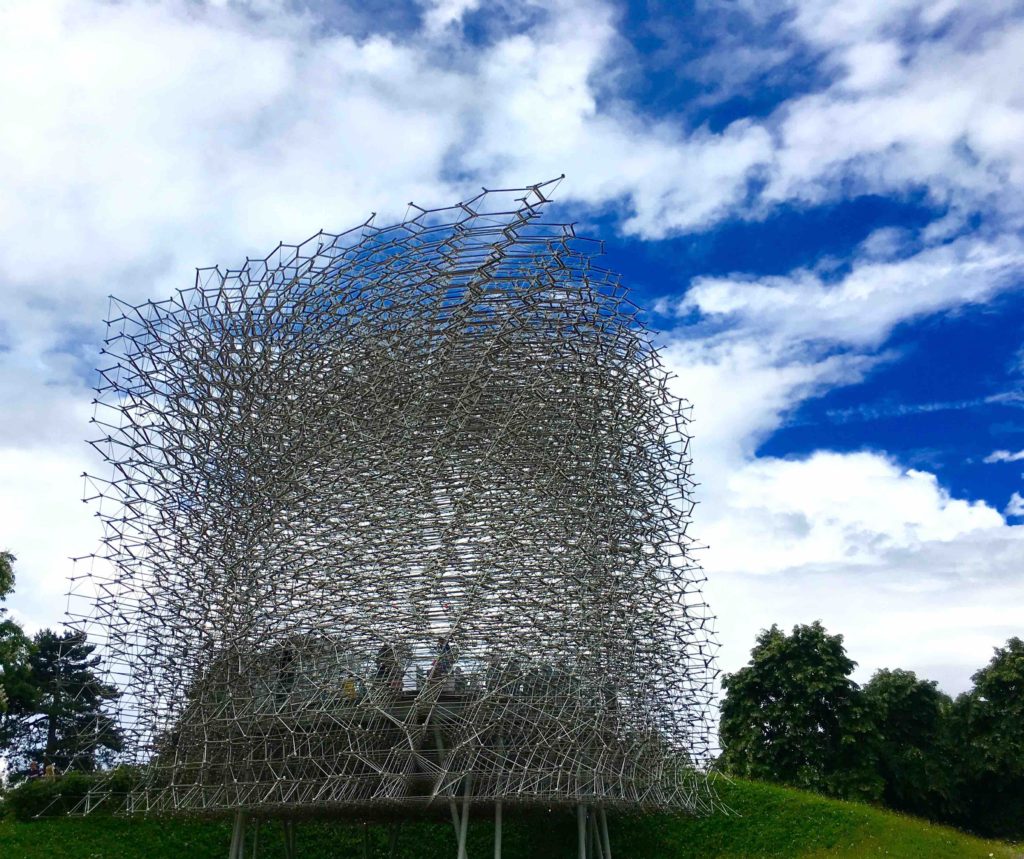
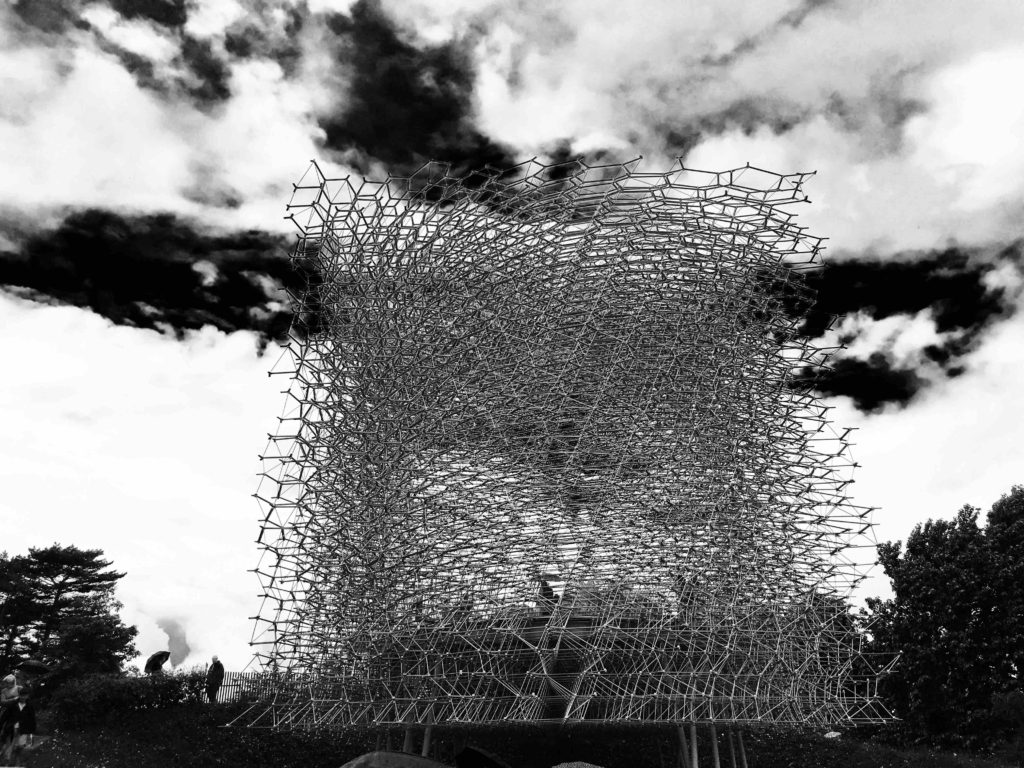
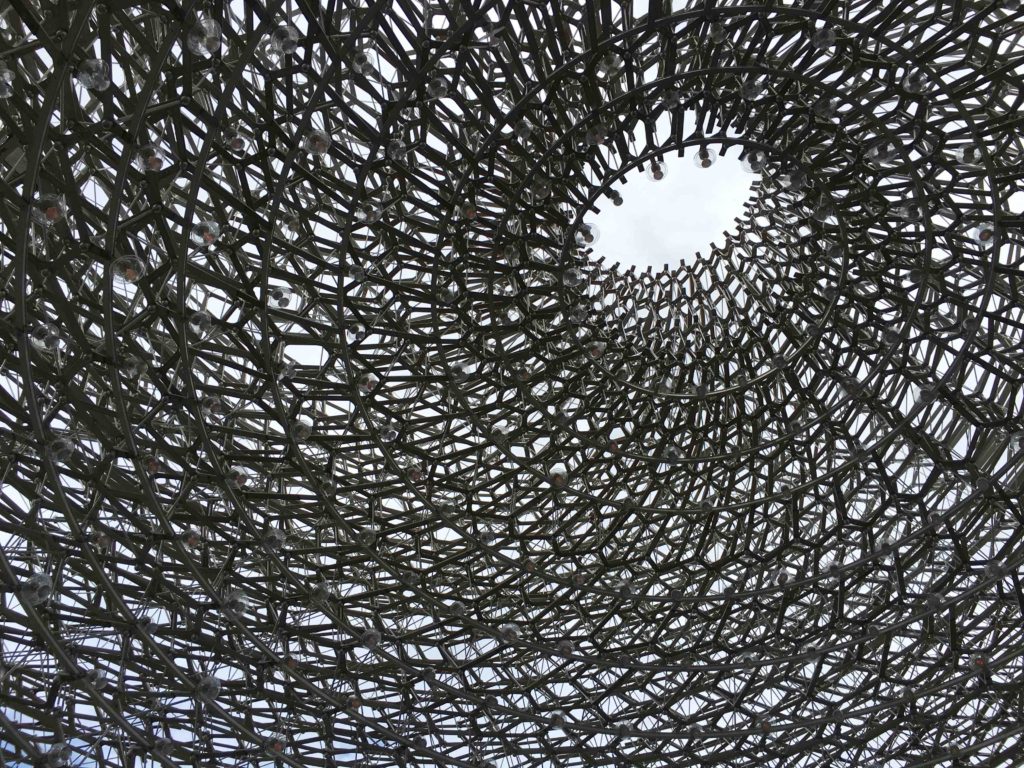
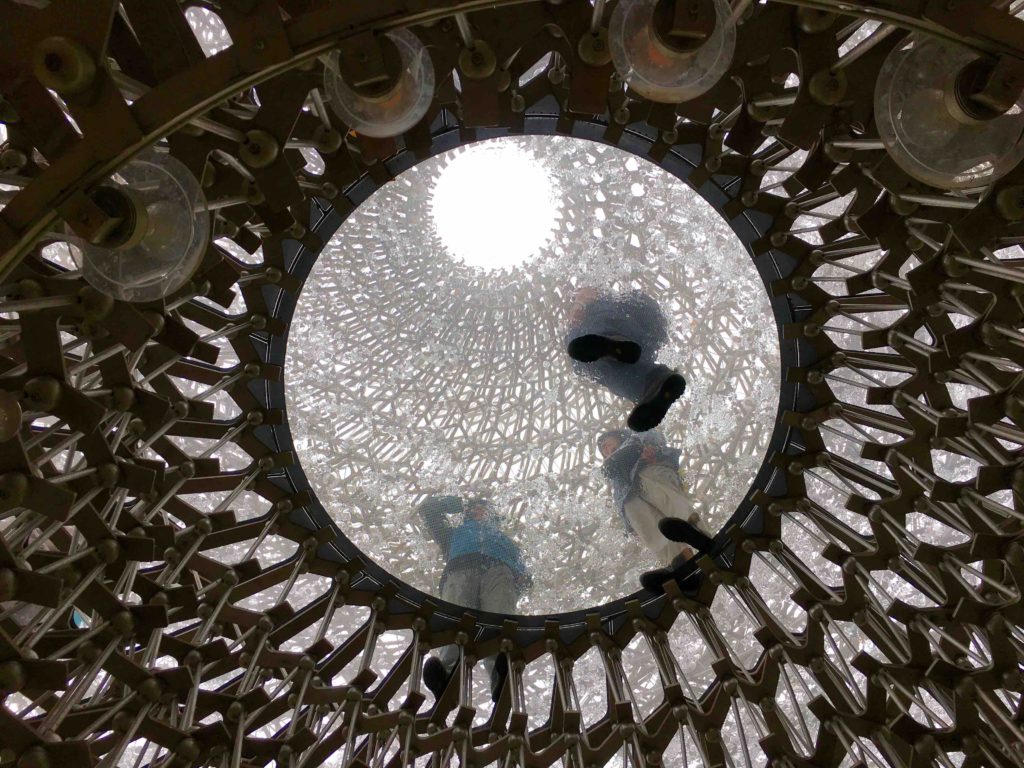

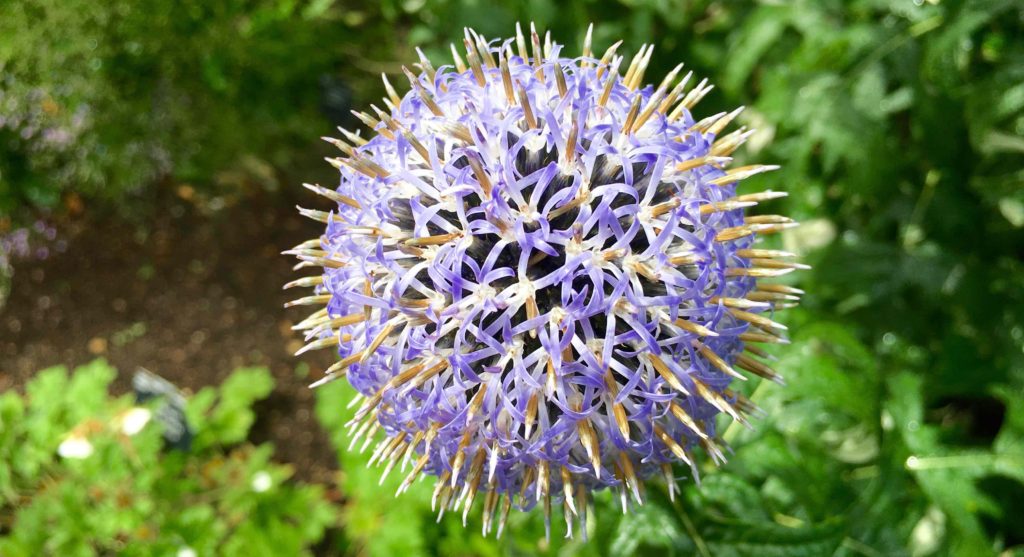
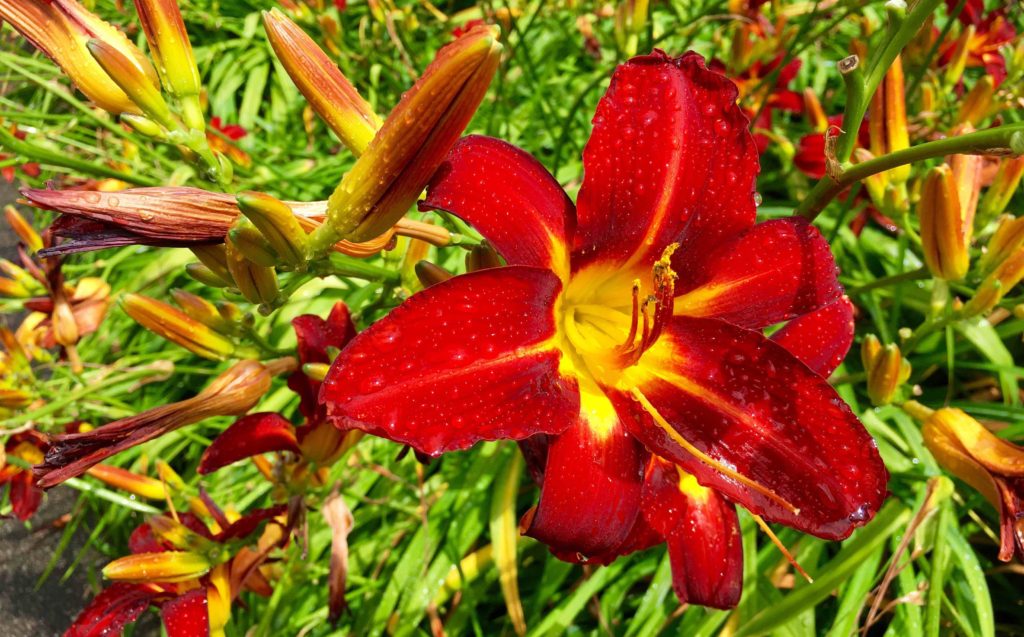
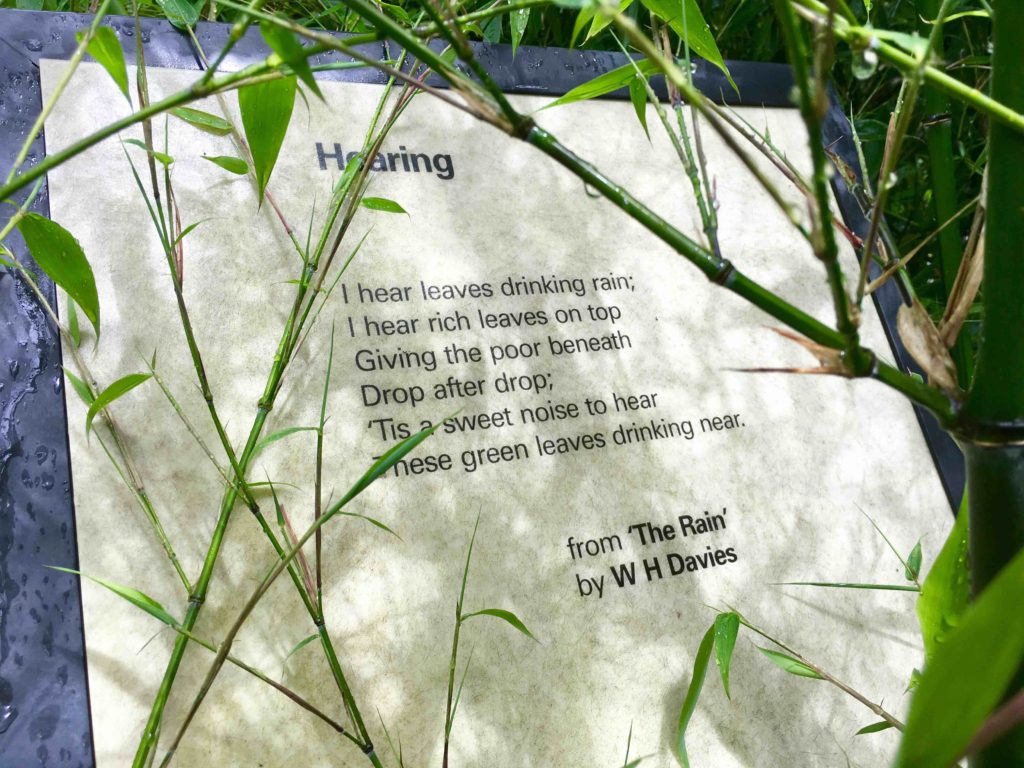
Completely blown away by The Hive in Kew Gardens, which Elaine and I visited on Tuesday, with the same sort of rain falling that swamped Farnborough when I was there the previous day.
Obviously something of a must-see in my new role as Chief Pollinator, but also a chance to walk around and through the latest expression of geodesic architecture – a field I have been fascinated by since the 1960s.
Over the decades, I have closely tracked (and in some cases met) people like Buckminster Fuller, John Todd (back in his New Alchemy Institute days) and Michael Pawlyn, the last of whom did the domes for Tim Smit’s Eden Project. (Wonderfully, Tim has been a member of the Volans Advisory Board since the outset.)
Also took me back to when I was planning to start beekeeping – and Kerry Effingham had given me a couple of hives and a honey extractor from her late uncle’s estate. Problem was that, even then, I was travelling too much to make sense of it all.
But I am rarely happier than in the company of bees – something that was once again borne in on my as I sat having a drink in Gaia’s North London garden on Wednesday, with honeybees whizzing all about en route to her intertwined hydrangea and passion flower vine.
The Hive was designed by UK based artist Wolfgang Buttress, originally as the centrepiece of the UK Pavilion at the 2015 Milan Expo. It was inspired by research into the health of bees – which is increasingly precarious.
Made from thousands of pieces of aluminium formed into a cole, swirling lattice, The Hive is fitted with hundreds of LED lights that pulse and fade as the soundtrack hums and buzzes all around. These elements of the installation are responding to the real-time activity of bees in a beehive at Kew.
There were masses of children and young people being shepherded around the gardens in the rain – but I extracted a good deal of pleasure from the thought that at least some of them would be stimulated to explore the intertwined worlds of bees, pollination, ecology, geodesics and engineering.
Oddly, at times it was almost like watching other people wandering around in my own head. Then, later in the week, I read two things, totally unrelated, that put me back in mind of this idea of people walking around my mind.
The first was Ramez Naam’s extraordinary book Nexus, the first in a trilogy, which I have just begun. This is about a psychedelic nanodrug drug of the 2040s, Nexus, that creates ‘hive minds’ in people. Intriguing that the first mention of hive minds, on page 62, comes from a secret agent called Sam, given that Sam (Lakha) gave me both Nexus and Crux for recent my birthday.
Then, yesterday, The Times ran a story on David Bowie (‘A peepshow into the art of Bowie’), recalling one of Bowie’s songs, Andy Warhol. The lyrics ran as follows: “Put a peephole in my brain, Two new pence to have a go, I’d like to be a gallery, Put you all inside my show.”
I can’t claim to know what was going on in the minds either of Bowie or Buttress, but there was something about The Hive that really did feel like other people buzzing around and through at least part of my brain. Can’t wait to go again.

